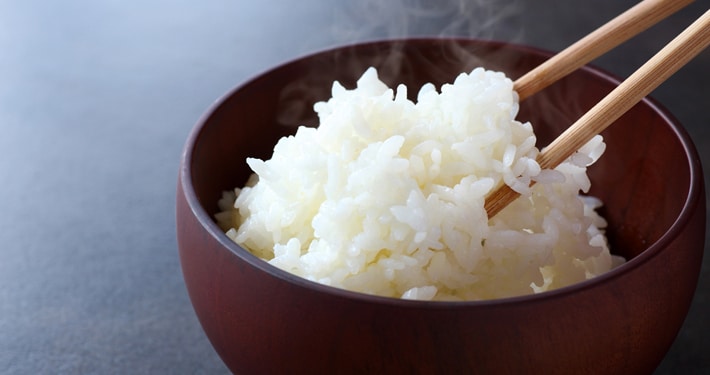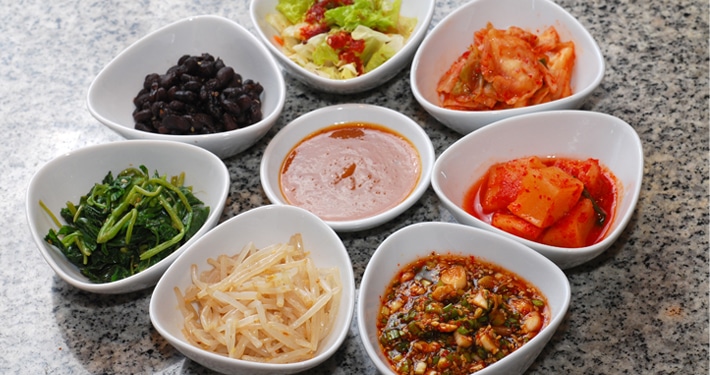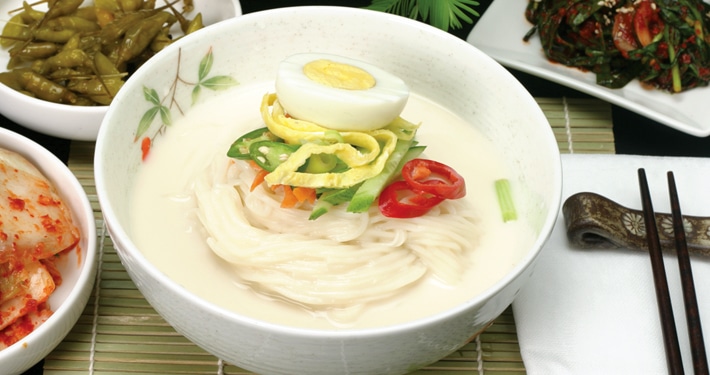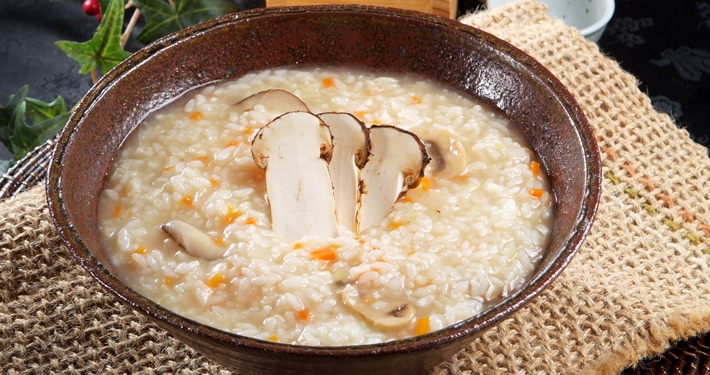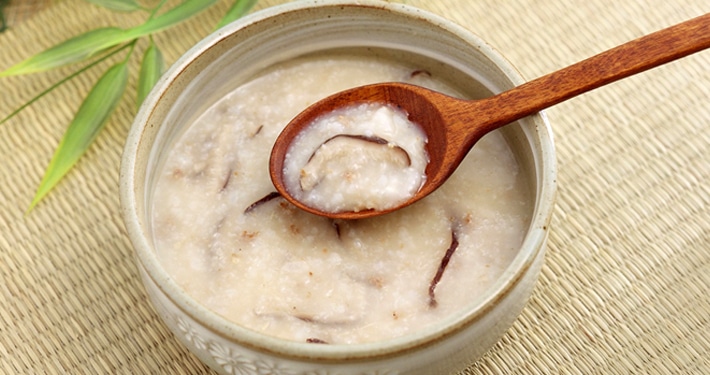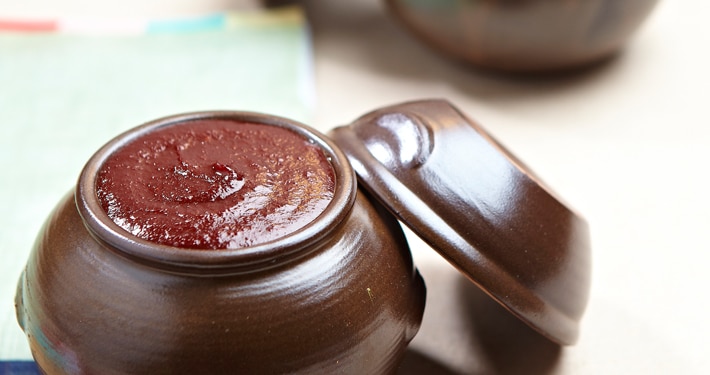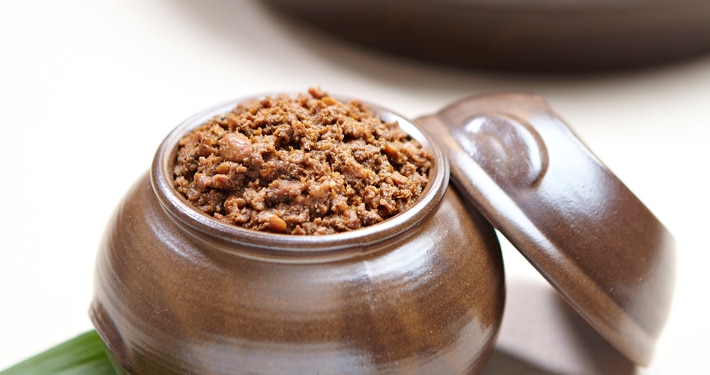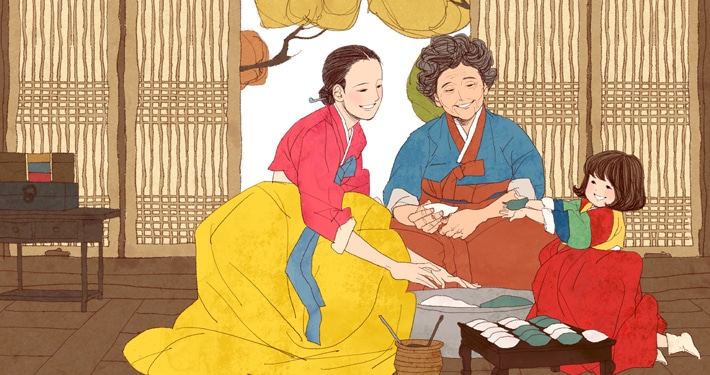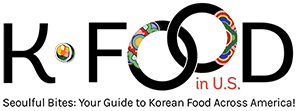Types of Korean Food
There are three types of Korean food, staple food, side dishes, and dessert. There are also various sauces which give off a unique Korean Food scent. Let us explore them in detail.
There are Bap (cooked rice), juk (porridge), guksu (noodle) and various other staple foods.
Side dishes include guk (soup), jjigae (stews), jeongol (hot pots), bokkeum (stir-fried dishes), jjim, jeon (pan-fried delicacies), saengchae (raw vegetables), namul (herbs), jorim (foom boiled in seasonings), cho (vinegar), junyueo (fried fish), gui, jeok (grilled seasoned meat on a stick), hwe (raw dishes), ssam (food wrapped in lettuce, cabbage, sesame or other greens), pyunyuk (sliced thin), jangajji (vegetables pickled in soy sauce), kimchi, jutgal (salted fish).
The desserts are divided into tteok (rice cake), gwaja (cookies), saengwa (fresh fruit), cha (tea), and other beverages are also called eumcheong-ryu.
| source: Korean Food Foundation |
Excellence of Korean Food
Continuous consumption of Korean traditional food will help prevent adult diseases and obesity.
In 2008, the Ministry of Food, Agriculture, Forestry and Fisheries conducted a dinical trial, with the medical school of Cheonbuk National University, on the ‘excellence of Korean Food and traditional food’. The benefits of Korean Food were confirmed with this trial. Although people following a diet based on Korean food such as bibimbap and gimbap consumed more carbohydrates, they showed relatively low glycemic index and insulin index proving a lower risk of getting adult diseases.
There were clear benefits of gochujang (red chilli paste), and doenjang (soybean paste), on obesity, which are cruical ingredients of Korean Food. The changes in body fat and abdominal visceral fat in gochujang and doenjang consumption groups were observed for 12weeks. The results showed a decrease in triglycerides, in the gochujang consumption group, and a decrease of visceral fat was observed in the doenjang consumption group.
| source: Korean Food Foundation |
Unique Korean culinary culture
The Korean culture emphasizes respect toward the elderly, and cherishing the food that is given.
These characteristics and be seen in table manners as well. The following information on table manners in from an excerpt of document, written in the 1700s, by Lee Duk Moo. Table manners a divide into three parts: before eating, and after eating.
It is best to consume food, immediately after it is presented. This is because the food can lose its heat and cool down. Also, dust can rest on the food if it is not eaten right away. Thus, even if you are busy, try to consume the food right away. There is a Korean saying that expresses the fact that you do not eat your food right away. It is ‘your soft-boiled bap is made for you’. Also, a table where the food is not consumed immediately is called a “table without incense”. You should also never let someone wait for your before eating.
| source: Korean Food Foundation |

